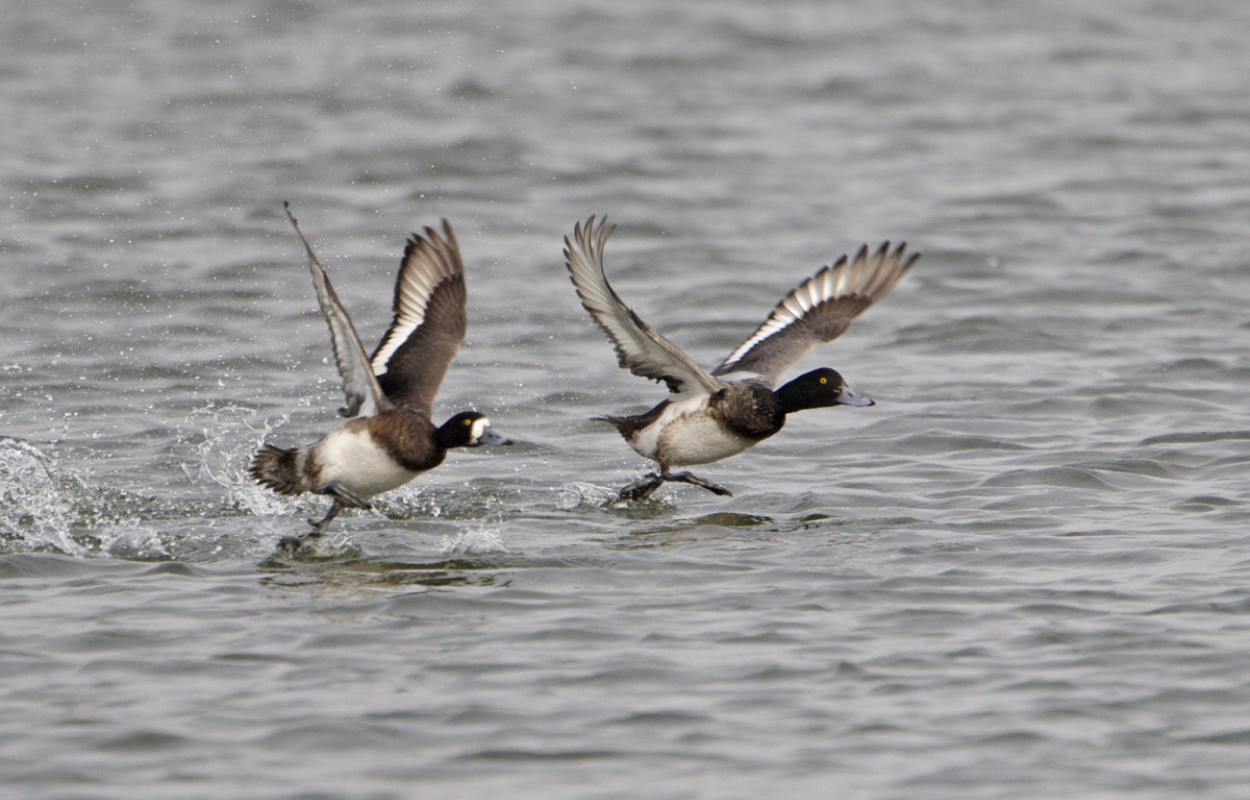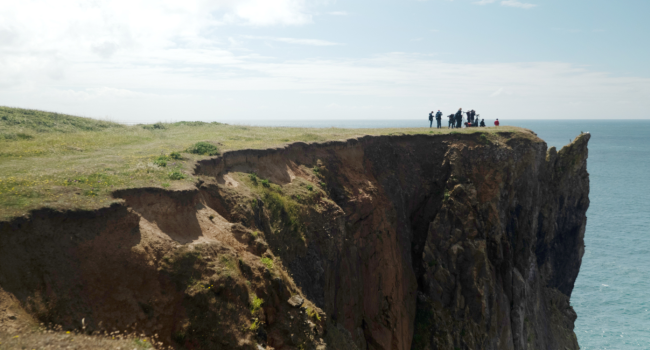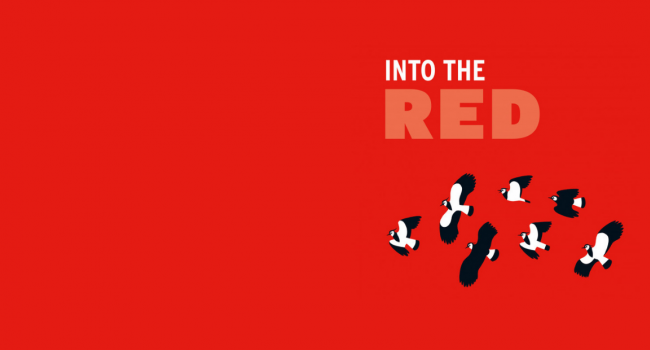Effectiveness of the European Natura 2000 network to sustain a specialist wintering waterbird population in the face of climate change

Author(s): Marchowski, D., Ławicki, Ł., Fox, A.D., Nielsen, R.D., Petersen, I.K., Hornman, M., Nilsson, L., Haas, F., Wahl, J., Kieckbusch, J., Nehls, H.W., Calbrade, N., Richard Hearn, R., Meissner, W., Fitzgerald, N., Luigujoe, L., Zenatello, M., Gaudard, C. & Koschinski, S.
Published: November 2020 Pages: 12pp
Journal: Scientific Reports Volume: 10
Article No.: 20286
Digital Identifier No. (DOI): 10.1038/s41598-020-77153-4
Research involving BTO documents a decline in numbers and a shift in range for Scaup in Europe.
Abstract
Analysis of coordinated Greater Scaup (Aythya marila) count data from the last 30 years showed a 38.1% decrease in wintering numbers in North-West Europe, from 309,000 during 1988–1991 to c.192,300 individuals during 2015–2018. Annual trends in wintering numbers differed throughout the range. Numbers decreased in the UK, Ireland, and in the Netherlands, while numbers were stable in Denmark. Germany, Poland, Sweden, and Estonia showed increasing numbers, suggesting a shift in the distribution of the species within its wintering grounds towards the east and north. Higher temperatures in northern and eastern areas were correlated with the range shift of the wintering distribution. Deaths from bycatch drowning of Scaup in fishing gear have significantly decreased in recent decades in the Netherlands, where currently the greatest threat is considered the deterioration of food resources. The increasing concentration of wintering Scaup in coastal Poland and Germany (where lack of effective implementation of conservation measures fail to protect the species from the impacts of bycatch and declining food quality) pose major threats to the entire population.
Notes
The authors would like to thank all the people who at different stages helped with the article, especially the hundreds of people involved in fieldwork of the International Waterbird Census (IWC) across Europe. They also thank Wetlands International (www.wetla nds.org) for coordinating IWC monitoring scheme.Staff Author(s)







Share this page